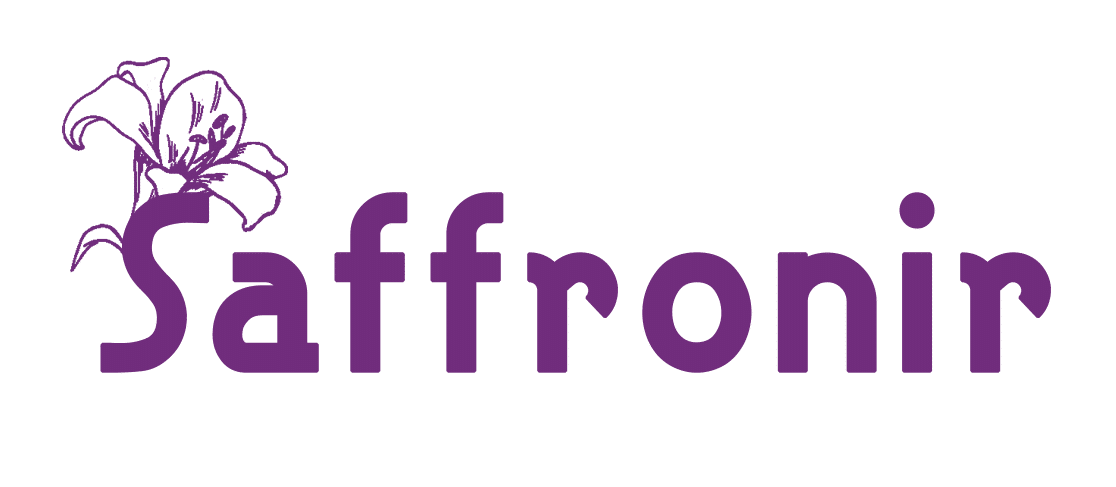
How to identify real or fake saffron?
Saffron, being one of the most valuable and sought-after spices, unfortunately, attracts counterfeit products in the market. Distinguishing between real and fake saffron can be challenging, but by paying attention to certain characteristics, you can increase your chances of identifying the genuine spice. In this article, we will explore some key factors that can help you determine the authenticity of saffron.
Price: Genuine saffron is a labor-intensive product, which makes it relatively expensive. If you come across saffron being sold at unbelievably low prices, it is a red flag. Quality saffron requires meticulous hand-harvesting, which contributes to its higher cost.
Appearance: Real saffron threads have a distinct appearance. They are vibrant red in color with a slightly darker red or orange tip. The threads are fine and should not contain any yellow or white portions. If you notice threads with a uniform color or find too many pale or yellow strands, it is likely that the saffron is adulterated.
Aroma: Authentic saffron has a captivating aroma that is often described as floral, honey-like, or slightly metallic. If the saffron you encounter lacks any scent or has a musty or unpleasant odor, it may indicate that it is fake or of low quality.
Water Test: Conducting a simple water test can provide valuable insights. Place a few strands of saffron in a small bowl of lukewarm water and let them steep for 10 to 15 minutes. Real saffron will release a vibrant golden color, while fake saffron will either dissolve quickly or leave the water mostly unchanged.
Taste: The taste of genuine saffron is bittersweet with a distinct earthy and floral flavor. If the saffron tastes excessively bitter, salty, or lacks flavor altogether, it is likely an imitation.
Solubility: Authentic saffron takes some time to release its color and flavor when steeped in a liquid. If the saffron quickly dissolves or stains the liquid within a few seconds, it is likely counterfeit.
Reputation and Source: Purchase saffron from reputable sources that have a track record of selling high-quality spices. Opt for brands or suppliers that provide transparency about the origin and cultivation methods of their saffron. Saffron from regions such as Iran, Spain, and Kashmir is generally considered to be of superior quality.
Remember, identifying real saffron requires a keen eye and experience. It's always a good idea to buy saffron from trusted sources or reputable brands to ensure you are getting a genuine product. By being aware of the characteristics of real saffron, you can protect yourself from purchasing counterfeit or low-quality substitutes.
In conclusion, when it comes to saffron, it's essential to be vigilant. Familiarize yourself with the appearance, aroma, taste, and solubility of authentic saffron to differentiate it from fake alternatives. By making informed choices, you can confidently enjoy the true essence of this precious spice in your culinary endeavors.
To see the saffron price, click Buy Saffron Online.





%20-%20100%20g-2-190x190.jpg)
%20-%2023%20g-1-190x190.jpg)
%20-%2010%20g-1-190x190.jpg)
Leave a Comment